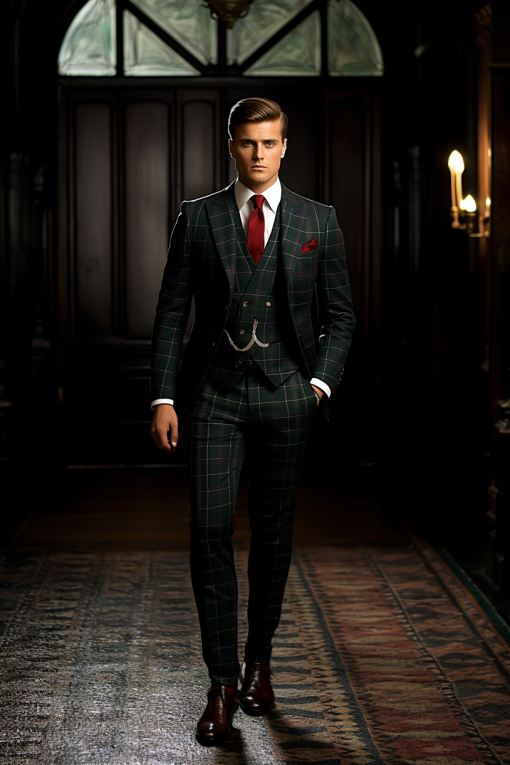
Men’s fabrics and patterns – Know your clothes
A Comprehensive Guide
Introduction
Understanding the intricacies of men’s fabrics and patterns is not just a sartorial skill but also a form of art. It’s a knowledge base that can elevate your style, make you stand out, and even serve as a conversation starter. Whether you’re a seasoned fashionista or a beginner in the world of menswear, this guide aims to enrich your understanding of fabrics and patterns commonly used in men’s clothing.
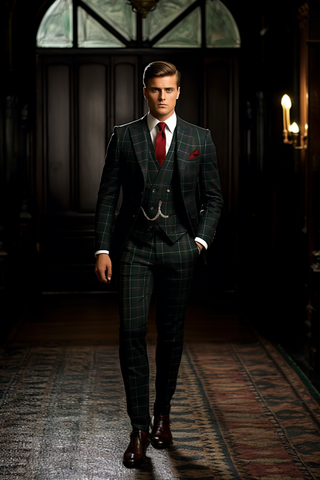
Key Fabrics
- Gabardine: Invented by Thomas Burberry in 1879, gabardine is a tightly woven twill fabric. It was initially designed as a waterproof material for trench coats but has since found its way into business suits, particularly for autumn and winter seasons.
- Worsted Wool: This is a high-quality type of wool fabric that is smooth, crisp, and highly durable. It’s commonly used in formal suits and is ideal for colder seasons.
Essential Patterns
- Birdseye: This pattern consists of small diamond shapes, each with a center dot. It’s woven from two differently colored yarns, affecting the overall look. When the colors are low in contrast, the fabric appears more formal.
- Nailhead: This is a micro-pattern that becomes visible only upon close inspection. It’s created from two different colors, giving an uneven visual effect. It’s often used in business and evening wear.
- Herringbone: One of the oldest fabric patterns, herringbone can trace its origins back to ancient Roman road systems. It has been adapted into various forms of clothing, from shirts to outerwear.
- Pinstripe: Thin vertical stripes run down this fabric, often associated with business and formality. It’s a classic choice for lawyers and bankers.
- Chalkstripe: Think of this as the flamboyant sibling of pinstripe. The stripes are thicker and more noticeable, often seen in heavier fabrics like flannel.
- Gingham: This pattern features evenly-sized checks in two or more colors. It’s versatile, suitable for both casual and formal wear.
- Glen Plaid: Also known as “Prince of Wales Check,” this pattern consists of a series of small and large checks. It’s a classic pattern with roots in Scottish estates but has been modernized for contemporary fashion.
- Windowpane Check: This pattern is formed from two perpendicular pinstripes, creating a windowpane effect. It’s a sign of a true clothing connoisseur and can be adapted for various occasions.
- Houndstooth: Originating from Scotland, this duo-toned pattern is designed for informal settings. It’s best worn as a blazer or trousers but not as a full suit.
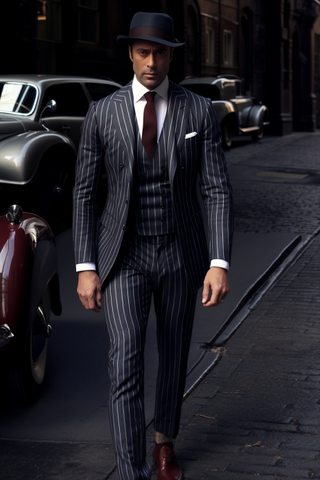
Chalkstripe
Expert Tips
- The Power of Patterns: Different patterns can evoke different emotions and perceptions. For example, pinstripes are often associated with authority and power.
- Historical Roots: Many patterns have historical significance. Understanding these can add an extra layer of appreciation for your clothing.
- Mix and Match: Combining patterns requires skill. Stick to a maximum of three patterns in one outfit to avoid overwhelming the look.
By understanding the fabrics and patterns that make up men’s clothing, you not only enhance your wardrobe but also your knowledge of fashion history and artistry
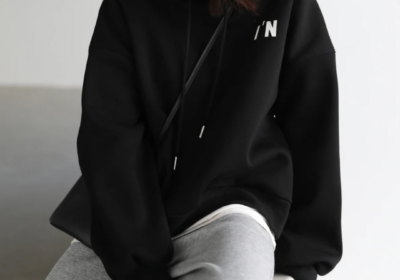
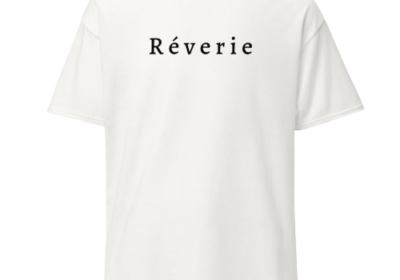
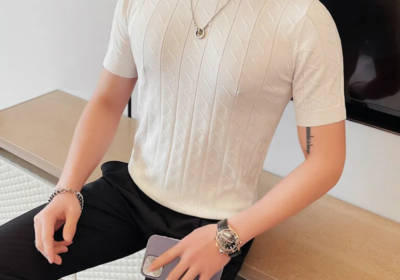
No Comments